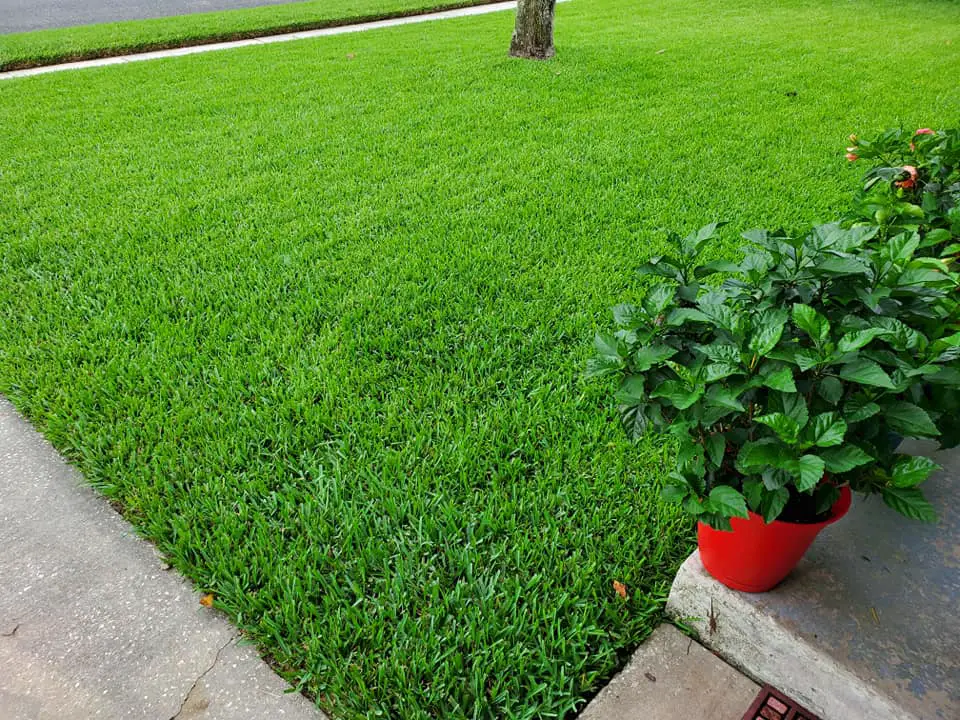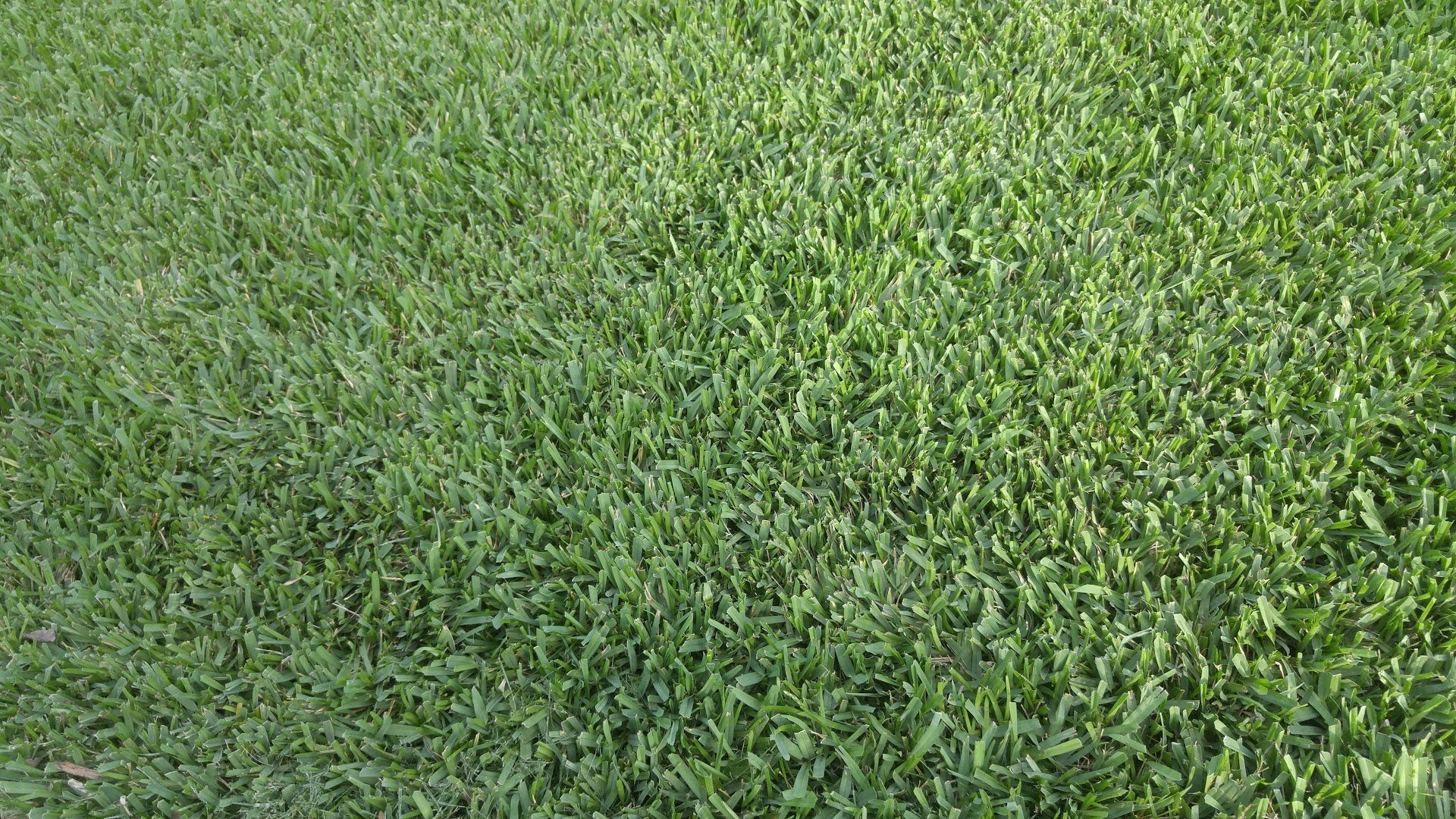If you live in Northern Florida, you’ve probably heard of St. Augustine grass. this type of grass was originally discovered in the St. Augustine area of Florida, but it is hard to determine exactly where the grass actually originated from.
St. Augustine grass is known for its blue-green color, but it’s especially well-suited for the Florida climate. The grass thrives in high temperatures and the salt air that is found near the miles and miles of the Florida coastline. There are several different types of St. Augustine grass, however. If you’re thinking about putting this type of grass in your yard, it’s important to choose the right variety for your shade and soil conditions.
Bitterblue St Augustine Grass
Bitterblue St. Augustine grass was bred during the 1930s as a ground cover that could tolerate colder temperatures than most other types of St. Augustine grass. The texture is finer and denser than other varieties, and it also had a darker blue-green color. Unfortunately, it is not very resistant to chinch bugs, atrazine, or gray leaf spot disease. Therefore, it is rarely sold or installed by nurseries, but it can sometimes be found growing as pasture grass.
Citrablue St. Augustine Grass
CitraBlue St. Augustine was developed by the University of Florida as a type of grass that would have resistance to gray leaf spot, weeds, and root rot. The grass features good shade tolerance and distinctive blue-green color. It’s an ideal ground cover for areas with a lot of foot traffic and as a filler for areas where the soil conditions are not ideal, but it tends to be at its best when it is kept at three inches or higher. That might make it too long for a residential yard, but it can be a good commercial solution.
Floratam St. Augustine Grass
Floratam St. Augustine grass is what many people picture when they think of St. Augustine grass, it’s one of the most popular varieties and is sold by many sod farms. It was originally developed by the University of Florida in conjunction with Texas agricultural experiment stations. Its main feature is a dark green color to the blades and a soft feel when walked on barefoot. If has high heat tolerance and good resistance to weeds, but it does require a high amount of watering and fertilizer.

Harmony St. Augustine Grass
Harmony is a variety of St. Augustine grass that has a lighter green color and a dense side-to-side growth pattern. This St. Augustine grass variety has good heat and shade tolerance.
Sapphire St. Augustine Grass
Sapphire St. Augustine grass is a variety that is known as grass that is good for high-traffic areas. It seems to regrow bare patches very quickly and has a low need for water, weeding, and fertilization, as well as being resistant to chinch bugs. It’s a great choice for young families that plan to use their lawn for playing.
St. Augustine Grass Type FAQs
What type of St. Augustine grass is best?
Choosing between the St. Augustine grass varieties is a matter of reviewing what you need the grass to do. If you’re looking for a simple pasture grass, that is, a grass that will be a good ground cover but that doesn’t need to be particularly weed resistant, consider choosing Sapphire or Harmony. A homeowner who wants to choose grass for a front yard that will be occasionally walked on but must remain weed-free would probably want to try Floratam St. Augustine grass.
How do I know what kind of St. Augustine grass I have?
While it is possible to match up a sample of your grass to pictures of the different varieties, the easiest way to find out what type of grass you have is to take a sample to your local nursery or sod farm. There are experts there who will be able to identify your grass.
What is the difference between Floratam and St. Augustine grass?
Floratam is actually one of several St. Augustine grass varieties. It was developed to have a lot of good qualities. For example, it has a soft texture, it thrives in both full sun and shade tolerance, and it has a good amount of weed control. It’s also known as a good chinch bug-resistant selection.
How many types of St. Augustine are there?
There are about ten common types of St. Augustine grass varieties that are sold by sod farms and nurseries across North Florida. In addition to the varieties in this article, you may also want to explore Palmetto St Augustine grass, Seville St Augustine grass, and Dwarf St Augustine grass. There are an unknown number of hybrid varieties of the grass, however. New varieties are always being developed.


